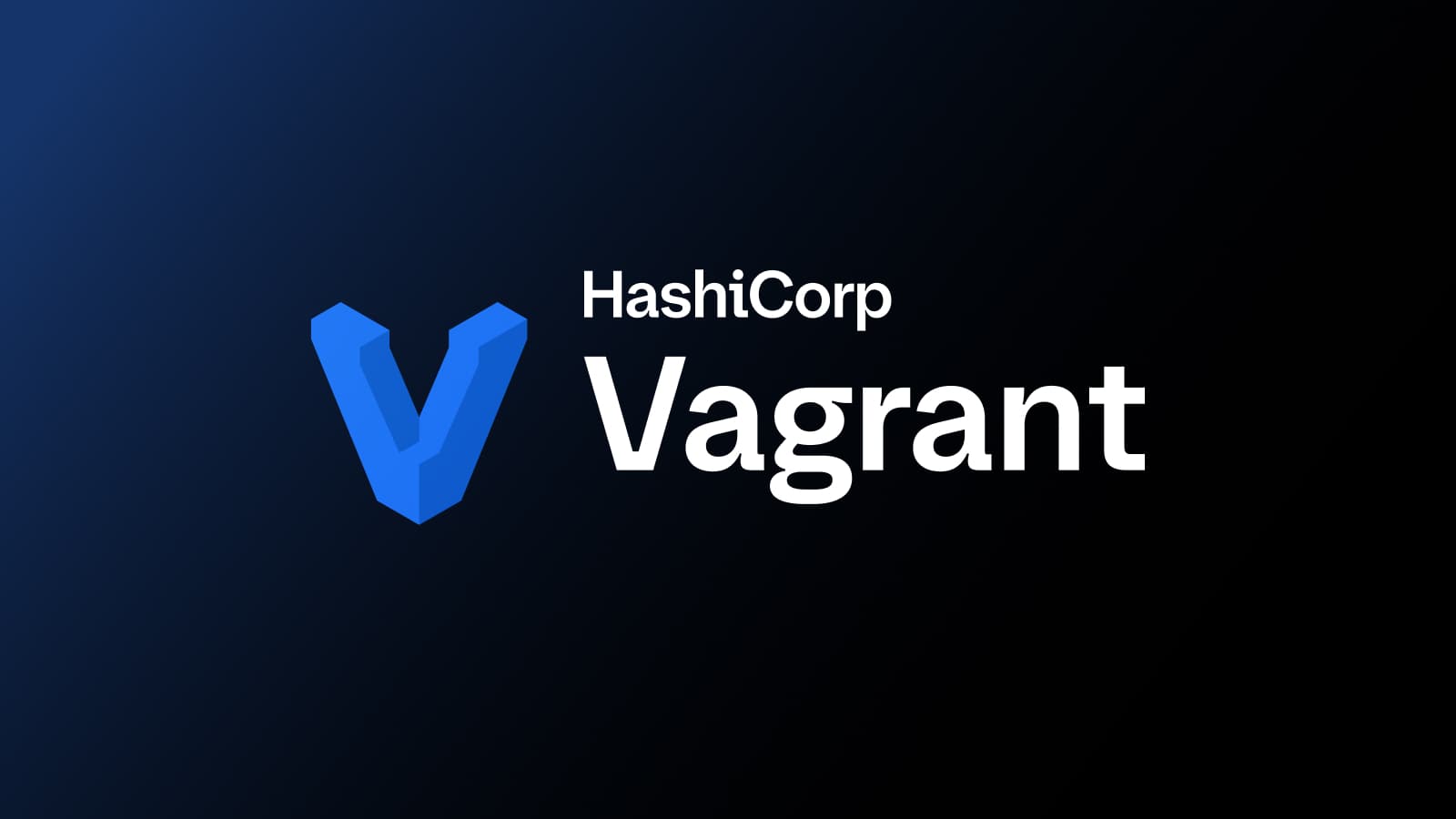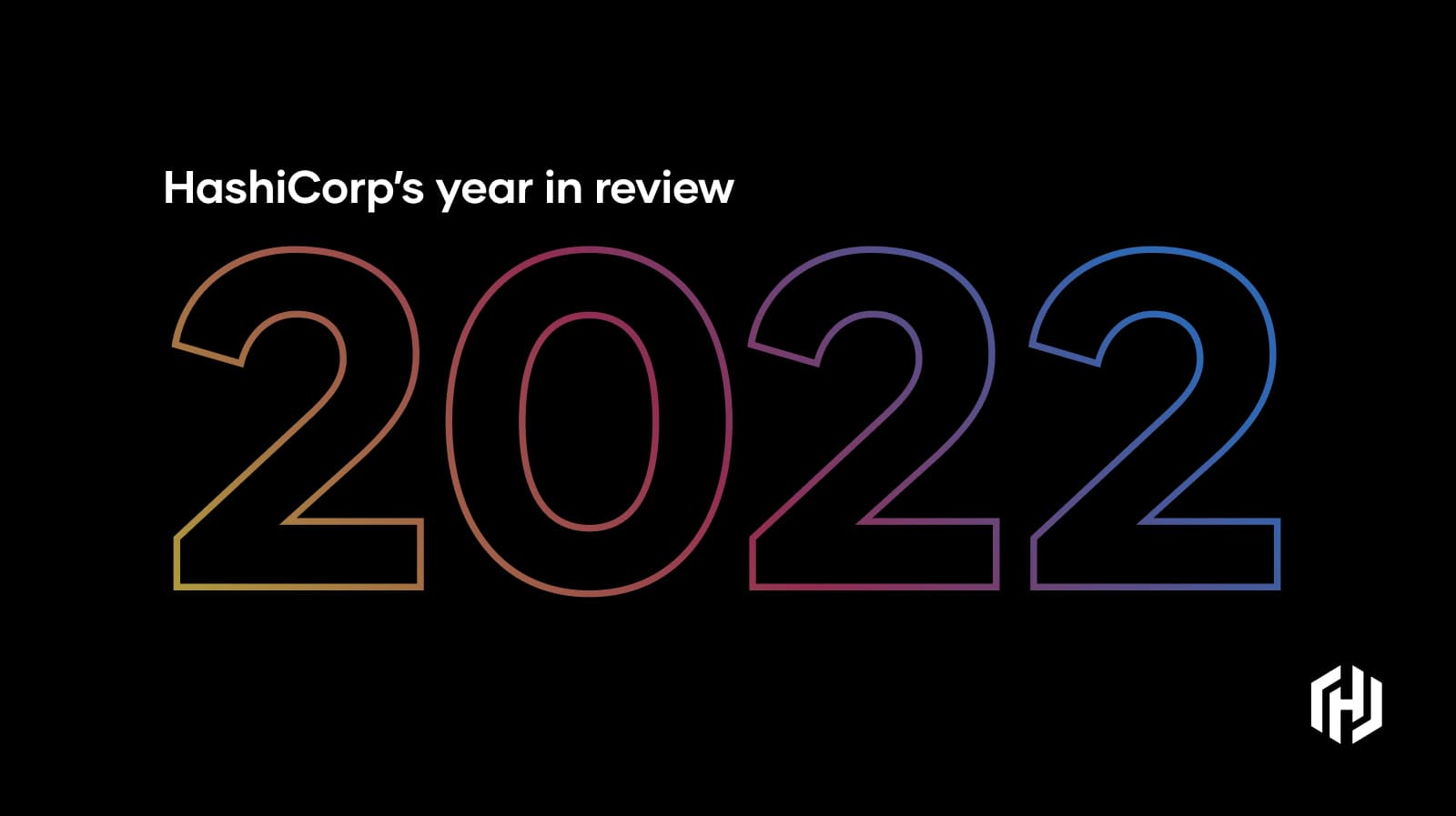Plugin Development Improvements in Vagrant 1.5
Vagrant has a vibrant plugin community. We're always looking to improve the life of a plugin developer through better abstractions, documentation, and more. In Vagrant 1.5, we made some big improvements that should make developing plugins much, much nicer.
With Vagrant 1.1, we both helped and hurt plugin development. Plugin development improved because plugins became a first class supported concept with the vagrant plugin command and much of the core dogfooding the API.
But plugin development was hurt because Vagrant switched to an installer-only model, breaking many plugin development environments and causing some frustrating edge cases.
With Vagrant 1.5, we've made some big changes that should make the life of a plugin developer much more enjoyable. Read on to find out more.
»Real Dependency Resolution
In prior versions of Vagrant, there was no real dependency resolution done for plugins. Dependency resolution is the process by which all the dependencies of a set of components are inspected, and results in the order and versions of components that must be loaded so that all components properly work together.
To make this concrete, we can use an example from Vagrant 1.4, where no dependency resolution took place:
- Plugin A depends on "foo >= 1.0, < 1.5".
- Plugin B depends on "foo = 1.1"
- When Plugin A is loaded, it would load the latest version satisfying its constraints. This might be "foo 1.4".
- When Plugin B is loaded, it would try to load "foo 1.1" but since "foo 1.4" is already loaded, it would fail!
The frustrating part of this failure is that it should never happen. Plugin A should've loaded "foo 1.1" because it still satisfies its constraints while also allowing Plugin B to load.
With Vagrant 1.5, Vagrant performs real dependency resolution. The effect of this is twofold. First, in the scenario above, both plugin A and plugin B would load and everything would just work.
Next, if the user attempts to install a plugin that can't be loaded because it would create an unsolvable dependency conflict, then the user will see an error at install time, and the plugin will fail to install. Additionally, the user will be notified what dependencies conflict and in what plugins.
»Bundler Support
Prior to Vagrant 1.5, Vagrant loaded plugins out of its own internal gem directory. Because of this, plugin development was slightly awkward since Vagrant wouldn't load your plugins from your Gemfile. As a result, plugin developers had to create Vagrantfiles that manually did a require of all plugins they needed.
Now, Vagrant 1.5 will automatically load any gems in the "plugins" group in your Gemfile. As an example, here is the Gemfile for a "vagrant-bar" plugin:
source "https://rubygems.org"
group :development do
gem "vagrant",
git: "https://github.com/mitchellh/vagrant.git"
end
group :plugins do
gem "vagrant-foo",
gem "vagrant-bar", path: "."
end
With the above, Vagrant will automatically load both "vagrant-bar" and "vagrant-foo" plugins. Because of the path: "." option for "vagrant-bar", it will use the plugin in that directory, allowing you to make changes and instantly see changes.
You no longer need to do any Vagrant.require_plugin silliness in your Vagrantfiles in order to activate your plugin.
»API Compatibility
We're improving our promise on API compatibility. Prior to Vagrant 1.5, we had no promise of API compatibility except at major versions (1.0, 2.0, etc.). Because these versions are so far apart, we're making our promise stronger.
With Vagrant 1.5, we promise to not break API compatibility of internals between minor versions. For example, if your plugin works with 1.5.0, it should work with a potential 1.5.7 months later. However, it is not promised to work with Vagrant 1.6.
Given this, it actually becomes quite easy to remain API compatible. As an example, the Vagrant VMware plugin is compatible back to Vagrant 1.1. This is done through various code branching that looks like the following:
if Vagrant::VERSION < "1.5.0"
# Compatibility layer
else
# New stuff available
end
If we break your plugin between minor versions, we'll treat it like a bug so please report it as such.
»New Functionality
In addition to these major improvements, we've introduced some great new functionality that plugin developers can take advantage of in Vagrant 1.5.
Provider capabilities allow providers to opt-in to provider-specific functionality. Plugins can query whether the provider supports a certain functionality and behave accordingly. As an example use case, the recently announced Vagrant Share functionality uses a provider-capability read_ip_address to ask providers for an accessible IP address to the machine.
New built-in middleware such as IsState and Message remove a lot of boilerplate from implementing new providers.
A new internal class Vagrant::Vagrantfile allows plugins to load Vagrantfiles and request Vagrant::Machine objects from that Vagrantfile outside of the default root Vagrantfile that is part of a Vagrant::Environment.
And much, much more.
»Future Improvements
We're constantly interested in improving plugin development for Vagrant since it is a core part of what makes Vagrant successful. We have some improvements planned but if you see anything you want improved, please help us out by letting us know!
Sign up for the latest HashiCorp news
More blog posts like this one

Vagrant Cloud is moving to HCP
Vagrant Cloud is moving to HashiCorp Cloud Platform (HCP) as the HCP Vagrant Registry.

HashiCorp 2022 Year in Review
Before we ring in the new year, here’s a look back at some of the most important moments in 2022 for HashiCorp.

Vagrant 2.3 Introduces Go Runtime
HashiCorp Vagrant 2.3 introduces a new Vagrant executable written in Golang, tying the Vagrant architecture more closely into the broader HashiCorp ecosystem.